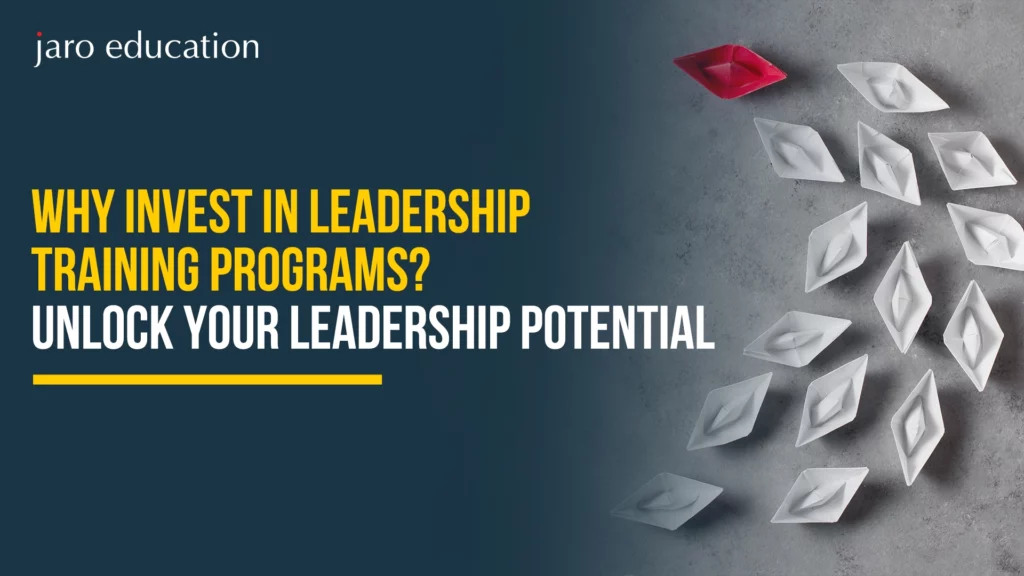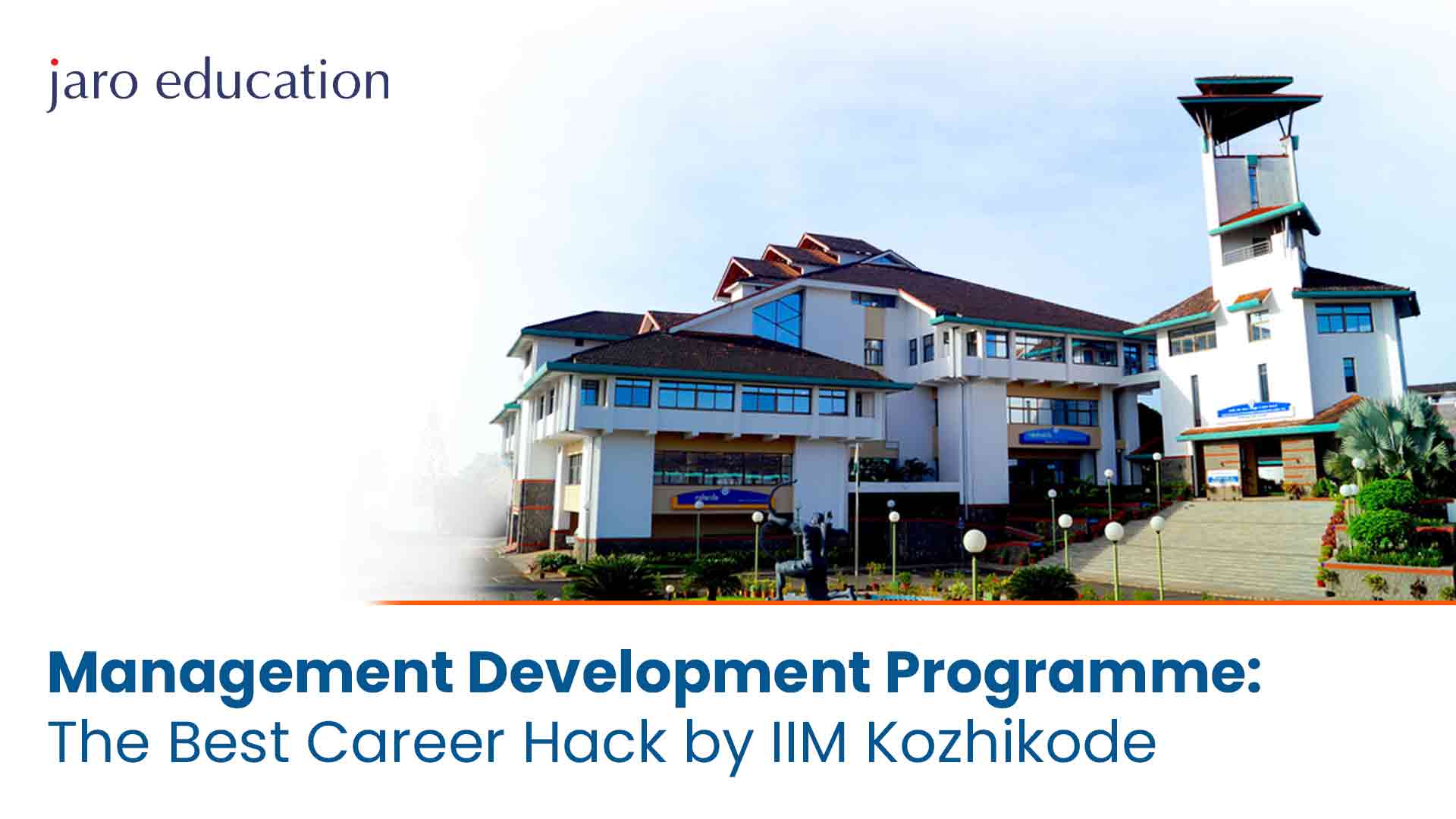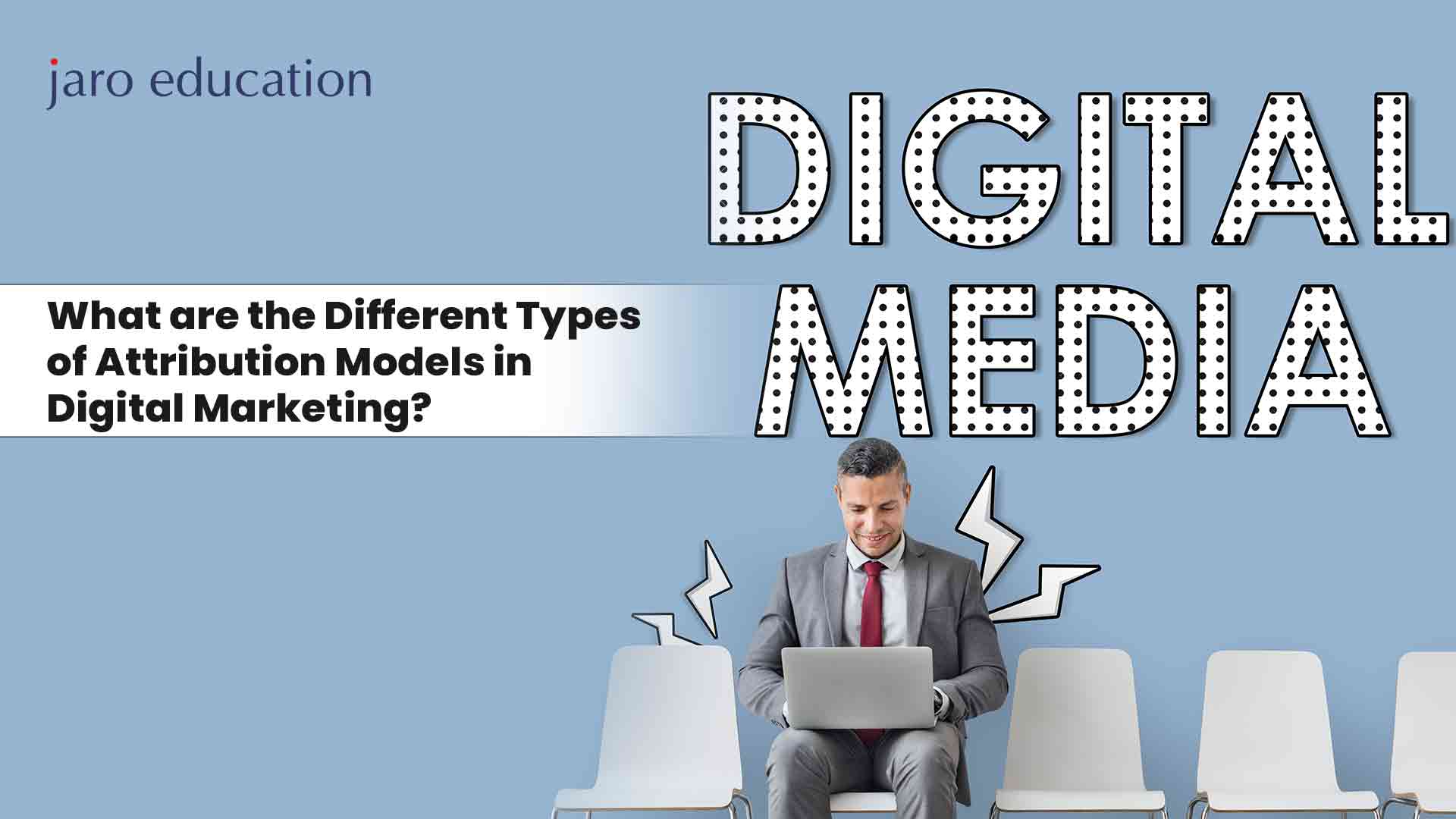The Role of Strategic Leadership and Change Management
Table of Contents
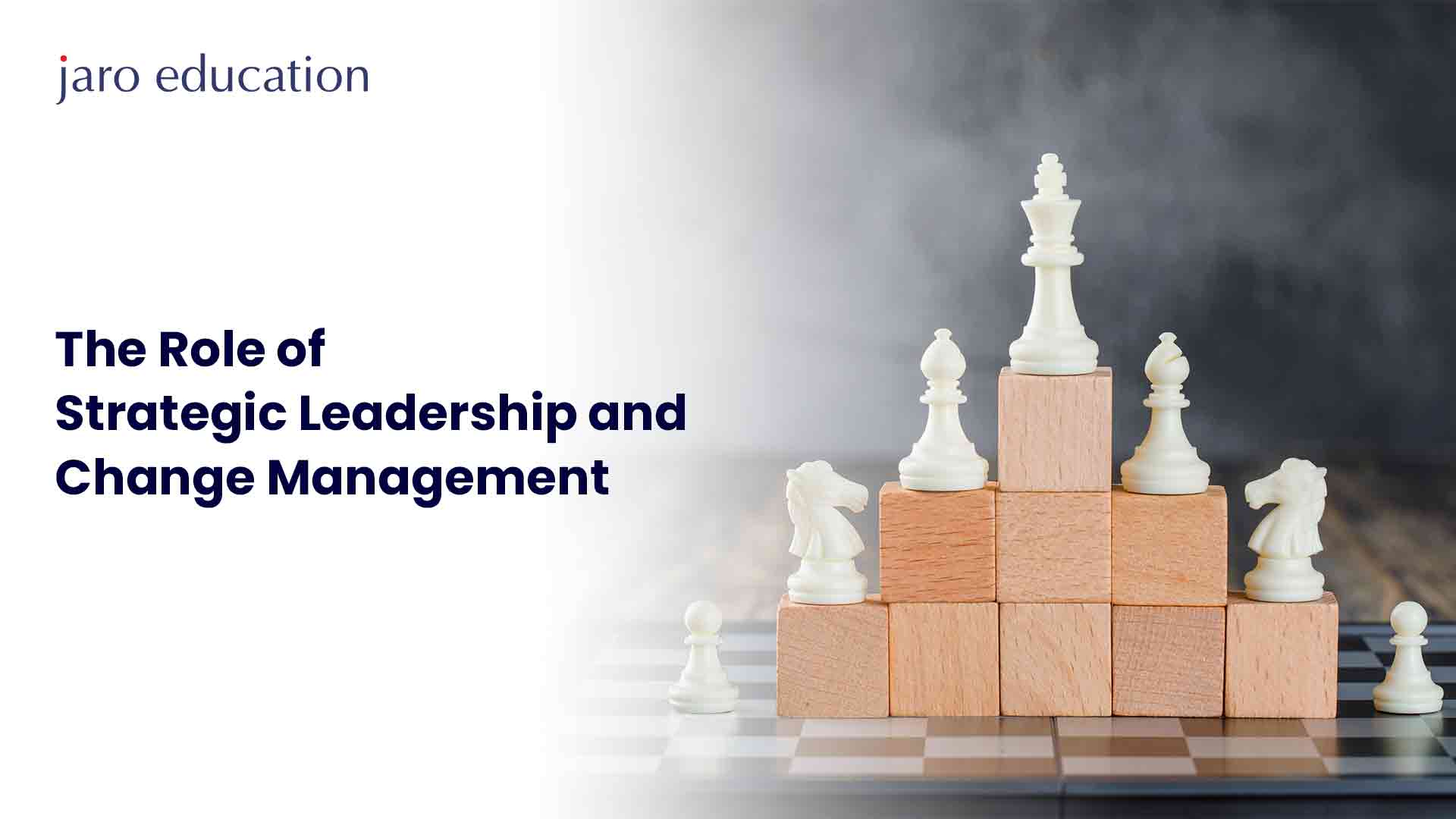
- jaro education
- 13, October 2024
- 3:00 pm
The world of business management is constantly evolving. With new ways of management, businesses try to thrive in the market. There have been a lot of discussions around strategic leadership and change management across the business domain. Both these aspects often intersect each other intriguingly. Strategic leadership revolves around a long-term vision. On the other hand, change management involves an action-oriented approach. Together, they give the organisation its competitive advantage.
Understanding Strategic Leadership and Change Management
To keep a business going, one needs to understand strategic leadership and change management, along with their interdependent role. Here, we will highlight the two integral terms to help you understand them better.
Strategic leadership, as the name suggests, involves the people who are top-level executives. This type of leadership is designed to apply various managerial approaches to create a vision for the organisation. The vision helps drive the economic and technological transition, ensuring a competitive edge.
Strategic leaders use their vision to inspire their teams and employees in cross-functional departments. This approach fosters a reliable purpose and direction for implementing the desired changes and becoming agile.
Strategic leadership‘s primary objective is improving the existing processes, increasing overall productivity, and fostering innovations. This all blends in nurturing a workplace environment that motivates employees to become more productive and independent. Furthermore, this allows them to share their ideas and innovations with the broader team. Strategic leaders may also initiate reward or appreciation programs for their employees or subordinates to motivate them to achieve their objectives.
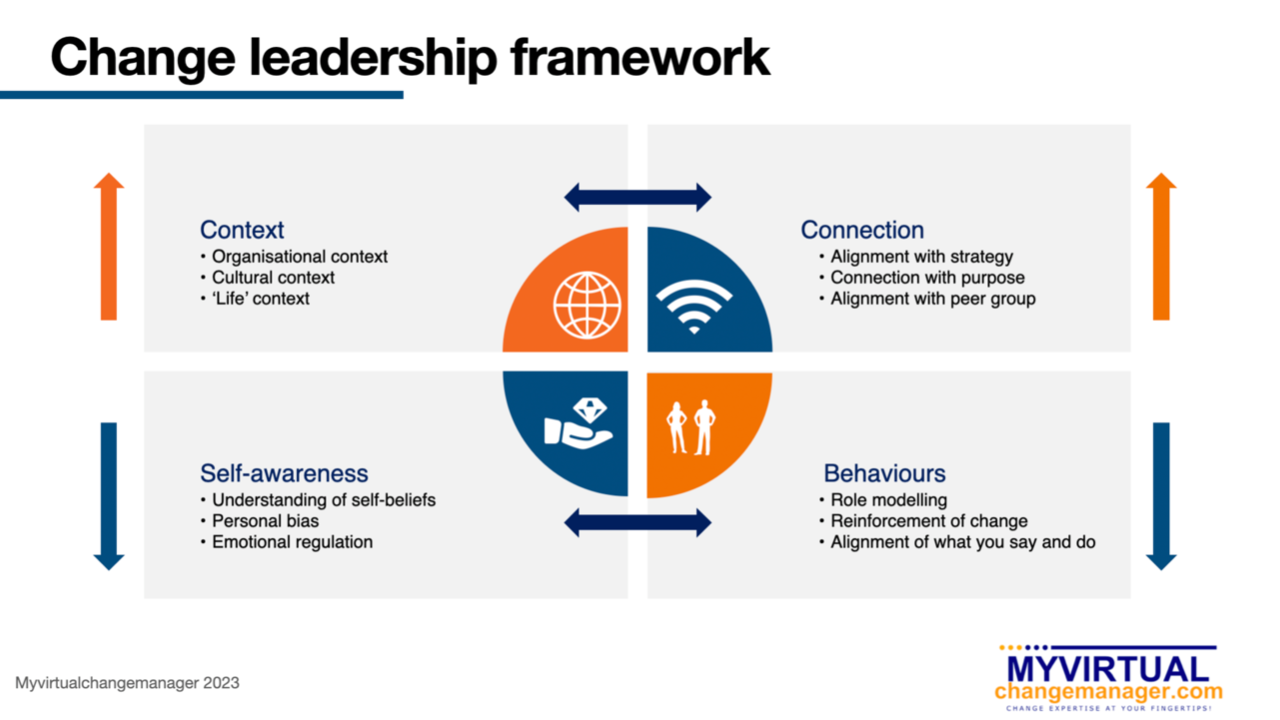
Skills for Strategic Leaders
Efficient leaders can question the common beliefs hovering within the work culture. While doing so, they have to be extra precarious to avoid major resistance to the existing culture. Understanding and evaluating the existing culture’s big picture and small details is crucial for strategic leaders. This helps them become agile, adapt to market changes, and seize newer opportunities for their organisation. Strategic leadership skills equip you to make tough choices, balance your analytical thinking with a human strategic approach, and actively involve and communicate it with your team.
To become an efficient strategic leader, you must be committed to your organisation’s vision, goals, and objectives. You should know how to use your power wisely, be transparent, communicate efficiently, solve problems, and be ready to delegate responsibilities and tasks accordingly. Being passionate about what you do and exhibiting compassion, empathy, and self-awareness is important.
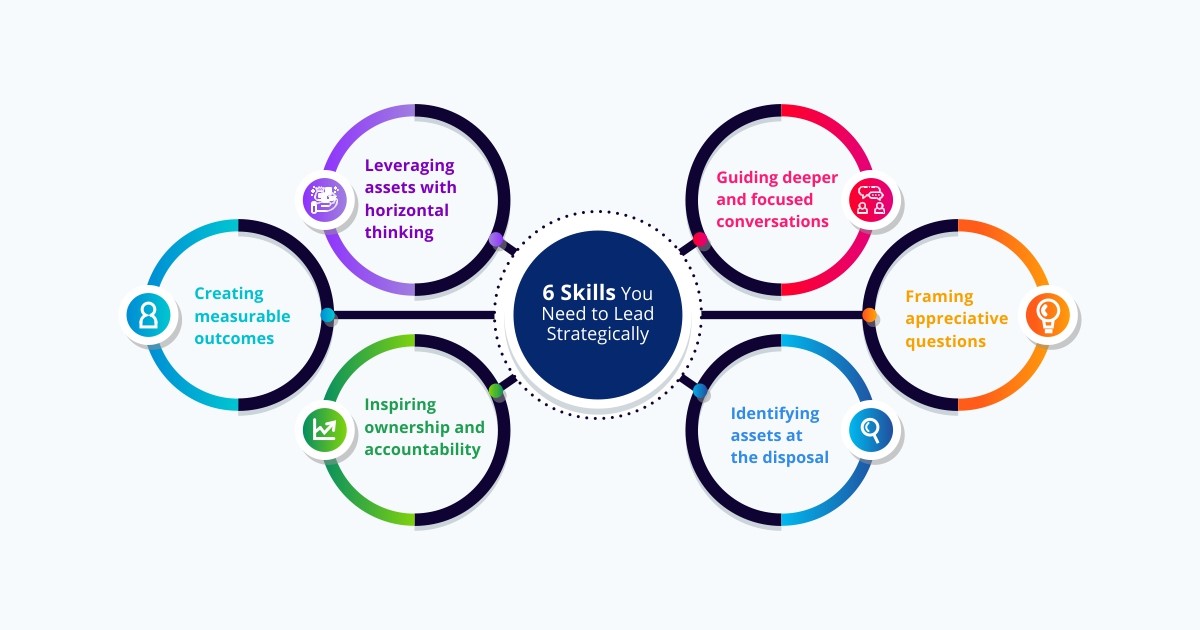
Harvard Business Review outlines the six fundamental strategic leadership skills as follows –
Anticipate
Use several inside and outside sources to gather information about your organisation. This is quite useful in understanding how the competitors will react to your product in the market.
Question
Looking at a particular scenario from different perspectives helps you unveil the underlying root causes much better.
Interpret
Being curious and open-minded aids in testing different hypotheses and involving others’ perspectives before concluding a particular scenario.
Make Informed Decisions
While making decisions, you should consider both your short-term and long-term goals and objectives, as well as the risks and tradeoffs for your customers and stakeholders.
Harmonise
Examining the incentives and tolerance to drive a change amongst your stakeholders and identifying areas of conflicting interests is crucial for strategic planning.
Adapt
Sharing stories of your successes and failures promotes a wide learning culture. Adjust decisions if you identify new evidence contradicting those.
Importance of Change Management
Change Management (CM), as the name suggests, involves looking at the entire flow of your organisational change. This encompasses planning, execution, and consolidation of those changes within the horizons of your organisation. It pertains to how your organisation handles alterations ranging from new technology to modifying the existing ones. The approach of this process is quite simple and varies according to the specific change being executed and implemented.
Change management is a crucial process for facilitating a relatively smoother transition during the change process. While enforcing changes is easier, a lack of proper planning, implementation, monitoring, and assessment may fail. Regardless of the desired change, introducing a change management plan provides the view of an eagle’s eye into your overall process. This is what you need for a substantial implementation plan and investment.
Organisational or Transformational Change
This pertains to the initiatives of change management encompassing significant scale and scope. These transformations are profound, involving alterations to the hierarchy of your organisations. Besides, it also introduces new products and undertakings of digital transformations.
Adaptive or Gradual Change
These change projects are smaller in scale and involve incremental modifications or alterations to your products, processes, business strategies, and workflows. Examples of such transformative projects include:
- Implementing new software tools.
- Adding a team member to address your current challenges.
- Updating your hybrid working policy.
Individual Change Management
Individual change management focuses more on helping individuals navigate through the changes faster. This fosters personal growth in their respective professions and encourages them to achieve higher and beyond.
Tools for Strategic Leadership and Change Management
There are several tools for effective strategic leadership and change management. Some of them are highlighted below –
Strategic leadership and change management models cover many concepts, theories, and methodologies for a thorough perspective driving your organisational change. Their collective purpose is to furnish a roadmap for instigating organisational changes to steer through a transformative journey and ensure the acceptance and integration of these changes.
These changes pertain to newly on boarded employees for acquainting themselves with the procedures of your company, modifications of internal tools, and department-specific adjustments. Crucially, they are important in establishing changes according to your prevailing standards.
Here are the top tools for driving strategic change management
1. Bridge’s Transition Model
This tool works upon the emotional responses of your employees during a transformative phase. Unlike other models driving the change, this model focuses more on your transition process, dividing it into three different stages –
– ending, losing, and letting go
– neutral zone
– new beginning
2. Deming Cycle
The Deming Cycle or the Plan-Do-Check-Act Cycle (PDCA) is a method of formulating tools better with its ability to plan, do, check, and act.
3. Kotter’s 8-Step Theory
The change management step of Kotter’s 8-step Theory consists of the following eight steps –
– generating a feeling of urgency
– assembling the team change
– establishing a strategic vision
– sharing your vision with everyone
– eliminating all the obstacles to change
– concentrating on achieving quick successes
– sustaining the momentum
– institutionalising the change
4. Kubler-Ross Change Curve
This model recognises how people often emotionally respond to change rather than reacting logically.
5. Lewin’s Change Management Model
Kurt Lewin is the pioneer of this model and perhaps the force field of analysis. His 3-stage model of change has earned great popularity for its systematic approach with unfreezing, changing, and refreezing principles.
6. Maurer 3 Levels of Resistance and Change Model
This resistance and change model is quite special as it explains why the change is not working efficiently. This model highlights three key perspectives of resistance –
– I don’t understand it
– I wouldn’t say I like it
– I don’t like you
7. McKinsey’s 7-S Model
The 7-S model of McKinsey includes complexity analysis as its additional layer. This complex analysis makes it one of the most intricate models.
8. Nudge Theory
This Theory uses gentle and indirect hints, approaches, and supportive evidence to guide employees toward a more desirable change. The key here is that the model subtly studies the changes, making it more effective than strictly imposing.
9. The ADKAR Change Management Model
This is a people-centric approach where every letter in the acronym defines your organisation’s goal –
A – Awareness
D – Desire
K – Knowledge
A – Ability
R – Reinforcement
10. Satin Change Model
This model understands how employee emotions evolve as they progress through the five stages – late status quo, resistance, chaos, integration, and new status quo.
Difference in Strategic Leadership and Change Management
Below are the differences in strategic leadership and change management –
| Characteristics | Strategic Leadership | Change Management |
|---|---|---|
| Objective | To establish a vision and an overall direction for your organisation | To execute a specific modification within your organisation to achieve its predefined outcomes |
| Scope | Addresses your organisation’s overall strategy, objectives and trajectory | Concentrates on particular aspects of your business necessitating transitional enhancement |
| Time Frame | Focuses on ensuring the overall success of your organisation | Deals with short-term objectives for aligning with our overarching strategic plan |
| Function | Operates at your organisation’s upper echelons, formulating the direction of your entire organisation | Functions at several levels for concentrating on implementation and assimilation of change within specific departments of your organisation |
| Tools and Approaches | Tools used - SWOT analysis, PESTEL analysis and Scenario planning | Tools used - ADKAR or Lewin’s Change Management Model |
Similarities in Strategic Leadership and Change Management
Below are the similarities in strategic leadership and change management.
Goal-Oriented
Both strategic leadership and change management are goal-oriented approaches designed for your business’s success. It seeks to enhance your organisation’s working culture and success roadmap by employing distinct methods and viewpoints.
Engaging People
Strategic leadership and change management are pivotal in accomplishing your organisation’s objectives. They cultivate an atmosphere wherein your employees contribute optimally.
Flexible Approach
They recognise the imperative of adapting a dynamic environment for your business to enhance overall flexibility and resilience.
Effective Communication Strategy
You need to develop an effective communication strategy to be good at both. Strategic leaders communicate their informed vision, whereas the change-makers role is to articulate the reasons behind driving these changes. They also evaluate how advantageous these changes are and their overall implementation process.
Decision-Making Proficiency
Both strategic leaders and change managers demand informed decision-making skills for the long-term well-being of your organisation. While strategic leaders contribute to their organisational success with their informed decisions, change makers ensure the successful execution of the change.
Conclusion
It is a collective teamwork of the strategic leaders and change drivers that aids in formulating a successful business management strategy. While both of them possess their own unique set of skills and delivering styles, they come together to guide and drive your organisation towards success. Strategic leadership looks ahead of time with more significant desires, while the change makers focus on exhibiting their precise course of action. They formulate a strong combined strategy for adapting your business’s fast changes and driving key transformations.
How Does Jaro Education Help?
Jaro Education in association with IIT Delhi, offers the best Executive Management Programme in Advanced Strategic Management. IIT Delhi professionals have exclusively designed the programme for individuals aspiring to attain a leadership edge in strategic change management. This programme instigates aspirants’ essential skills and knowledge to flourish as strategic change drivers. The programme highlights are –
– Get a certificate from the renowned institute, IIT Delhi
– Learn oganisational strategies based on a holistic curriculum
– Get a chance to live interactions with the IIT Delhi faculty
– Indulge on different case studies with your peers
Frequently Asked Questions
Strategic change planning is determining the key objectives of your firm, understanding the resources required for attaining those objectives, formulating policies for governing acquisitions and using or disposing of resources efficiently. It involves a series of interactive and overlapping decisions for developing an effective strategy for your organisation.
Dealing with strategic uncertainty requires efficient strategic change planning. A typical external analysis emerges with tons of strategic uncertainties. To make them more manageable, logically cluster them into different themes and then assess their importance.
Organisational change refers to changes that take place within an organisation. These changes impact your employees, your organisation’s culture, processes, tools, technologies, business strategies, and overall organisational structure.
Managing your organisational change is essential for the following.
– Managing projects with a greater success impact than those that are unmanaged
– Change management impacts the outcomes and ROI of your projects
– If avoided, it can impair your entire business, people, processes, etc.
– With effective strategic change management, your employees can enhance productivity, performance, and engagement.
Yes, the cybersecurity professionals can automate the mundane tasks with the help of AI.


